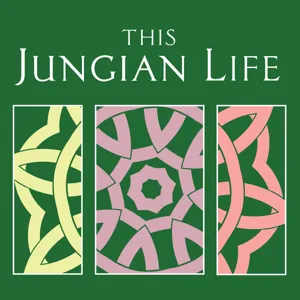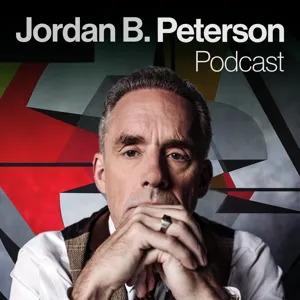Two Red Books: The Shared Imaginal Realms of Jung and Tolkien

How can the shared imaginal realms of Jung and Tolkien empower us to navigate our personal journeys and transform our understanding of self and community?
In exploring the uncanny shared imaginal realms of Jung and Tolkien, author Becca Tarnas uncovers a profound intersection of depth psychology and mythopoeic literature, revealed in their seminal Red Books. Amid the early 20th century's upheaval, both authors undertook personal and universal journeys into the psyche, employing active imagination to engage archetypes such as the shadow, anima, and hero. Their works, brimming with symbolic meaning and mirroring profound psychological truths, beckon us to contemplate transformation, individuation, and the potency of the feminine principle within. By crafting intricate narratives and psychological insights, Jung and Tolkien charted the inner landscapes of human experience, underscoring the universal struggles and spiritual depths that bind us all. Their exploration of nature, the environment, and the darker facets of the psyche showcase the transformative power of literal and metaphorical journeys, guiding us toward enlightenment and self-realization.
Prepare to discover what the psychological and creative processes behind the works of Jung and Tolkien reveal about the universal journey of self-discovery; how to access and interpret your own imaginal realms to deepen your understanding of the personal and collective unconscious; which aspects of Jung's and Tolkien's methodologies can be applied to enhance self-awareness and artistic expression; whether the challenges and insights presented in their works have parallels in contemporary psychological practices and personal development; why the exploration of imaginal realms is crucial for personal growth and the cultivation of a richer, more connected sense of community…and so much more.
READ A COPY OF THE DREAM WE ANALYZE HERE: https://thisjungianlife.com/shared-imaginal-realms-of-jung-and-tolkien/
Rebecca Tarnas is an Assistant Professor in the Philosophy, Cosmology, and Consciousness program at the California Institute of Integral Studies. Her research includes depth psychology, archetypal studies, literature, philosophy, and the ecological imagination. She is an editor of Archai: The Journal of Archetypal Cosmology and author of Journey to the Imaginal Realm: A Readers Guide to J.R.R. Tolkien's The Lord of the Rings (https://a.co/d/7zIUX4K). She is researching and writing a biography of Stanislav Grof, a co-founder of transpersonal psychology.
For more information about Becca, check out her website: https://beccatarnas.com/
LOOK & GROW HERE
Unlock The Power of Your Dreams: https://thisjungianlife.com/join-dream-school/
Support Dreams and Depth: Join Our Patreon Community Today: https://www.patreon.com/ThisJungianLife
Don't Miss Out - Submit Your Dream Now for a Chance to Be Featured on Our Podcast! https://thisjungianlife.com/share-your-dream/
Help Shape Our Show! Share Your Ideas for Our Next Podcast: https://thisjungianlife.com/podcast-form-topics/
Shop Exclusive 'This Jungian Life' Gear: https://www.zazzle.com/store/thisjungianlife/products
STAY INSPIRED EVERY DAY!
YouTube: https://www.youtube.com/watch?v=8Q8IG87DsnQ
Instagram: https://www.instagram.com/thisjungianlifepodcast
Twitter: https://twitter.com/ThisJungianLife

